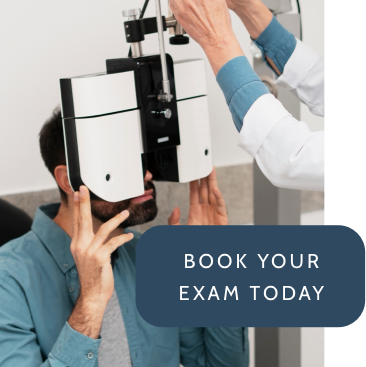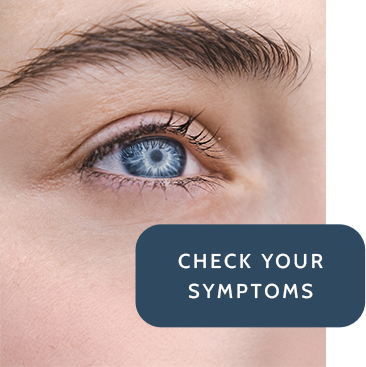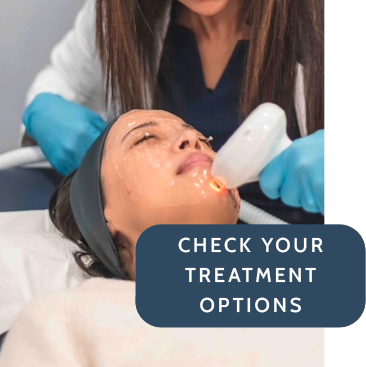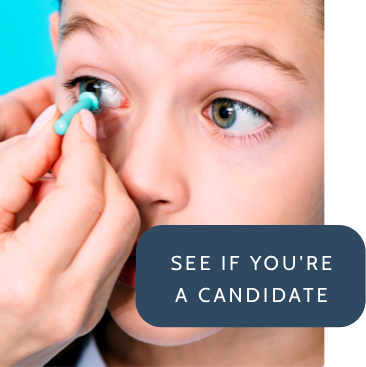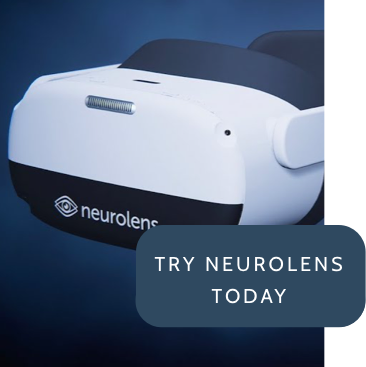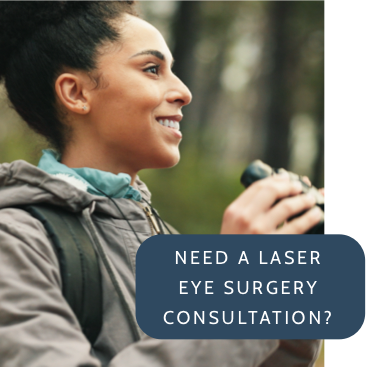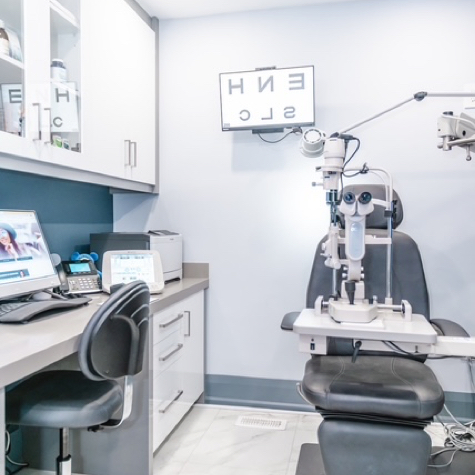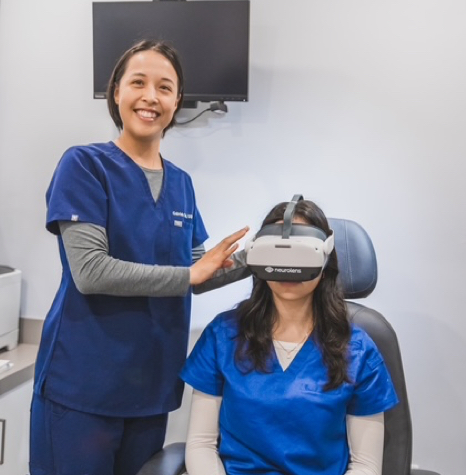Are your eyes dry, irritated and uncomfortable? You may be suffering from dry eye disease. Dry eye disease is a common eye condition that affects roughly 30% of Canadians.
Dry eyes can be irritating and get in the way of everyday activities. Luckily, you don’t have to let dry eyes get in the way of living your best life.
There are many ways to treat and manage the symptoms of dry eye disease.
Recent research suggests that taking an omega-3 fatty acid supplement can be an effective method. But how do omega-3 fatty acids work to relieve dry eyes? And what can you do to increase this supplement in your diet?
Keep reading to learn everything you need to know about how omega-3 can help treat dry eyes.
What Is Dry Eye Disease?
Dry eye disease is the long-term lack of proper lubrication and moisture on the eye’s surface. This condition can be both temporary and chronic.
To understand how dry eye disease works, it’s important to know how our tears work.
Our tears are made up of three components:
- The oily layer produced by meibomian glands
- A watery (aqueous) layer produced by lacrimal glands
- A mucous layer produced by goblet cells in the conjunctiva of the eye
A lack of any of these components can lead to dry eye, which can get in the way of your eyes staying comfortable and healthy.
Types of Dry Eye Disease
There are two common types of dry eye disease. They include:
- Evaporative dry eye: This is the most common form of dry eye and occurs when you lack the essential oils in your tears. This causes your tears to evaporate too quickly, drying the eyes out.
- Aqueous deficient dry eye: This type of dry eye occurs when there is an inadequate aqueous layer in the tear film. This causes your eyes to produce fewer tears than needed to keep your eyes moist and functioning correctly.
What Causes Dry Eye
Dry eye can be caused by a variety of factors, including:
- Prolonged screen use
- Poorly fitted contact lenses
- Ageing
- Menopause
- Certain medications such as antihistamines, birth control pills and blood pressure medication
- Dry or windy environments
- Smoking
- Health conditions such as Sjögren’s syndrome, rheumatoid arthritis, and lupus
- LASIK or other eye surgeries
- Allergies
- Eye conditions like meibomian gland dysfunction and blepharitis
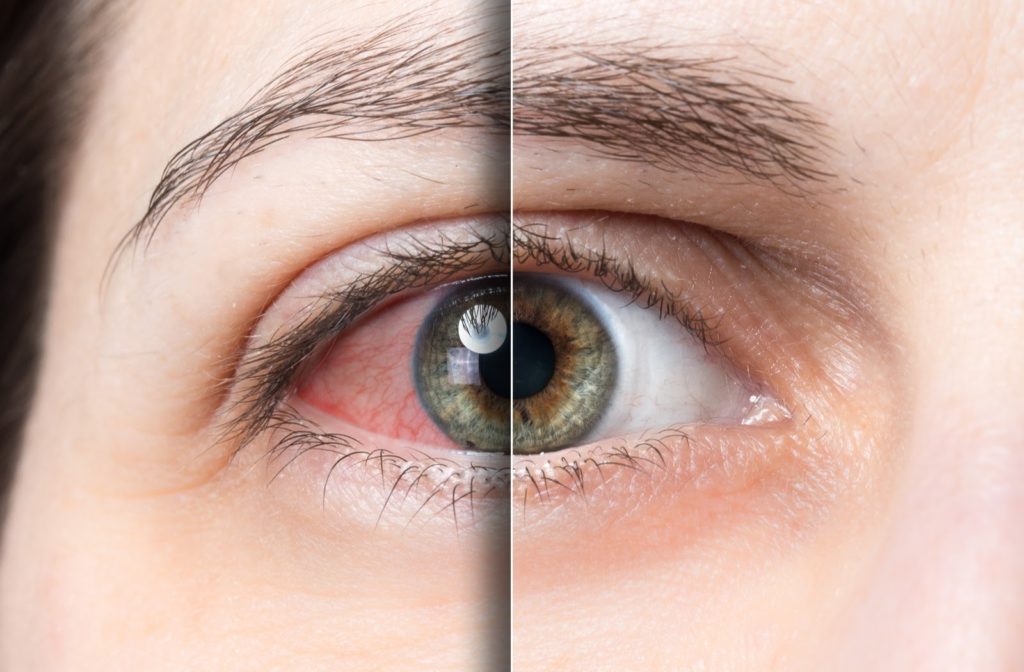
Dry Eye Symptoms & Risk Factors
Dry eye disease is associated with many different symptoms. If you are experiencing any of these symptoms, you may be suffering from dry eyes:
- Eye dryness
- Burning, aching or itchy eyes
- Discomfort when wearing contact lenses
- Fatigued eyes
- Eye redness
- Photophobia (light sensitivity)
- Feeling like something is in your eye
- Blurred vision
- Mucus in or around the eyes
- Abnormally watery eyes
Risk Factors
Dry eyes can affect anyone, but you may be at a greater risk of developing dry eye disease if:
- You are 50+ years old
- You smoke
- You’re a woman
- You have a higher percentage of body fat
When Should You See Your Eye Doctor?
You should see your eye doctor if you are experiencing any of the above signs & symptoms, especially if any of the listed risk factors apply to you.
To diagnose you with dry eye disease, your optometrist will perform an eye exam. Your optometrist can then recommend treatment options to help you manage your symptoms.
What is Omega-3?
Omega-3s are essential fatty acids that play an essential role in your overall health. Unfortunately, our bodies can’t produce omega-3 fatty acids on their own. Therefore, it’s important to ensure you include them in your diet or take supplements to benefit from them.
Omega-3 & Dry Eye
Studies have shown that omega-3 fatty acids can help to treat and manage dry eye symptoms.
Research shows that omega-3 fatty acids can improve the eye’s oil film, improving dry eye symptoms and reducing the need for other dry eye treatments, including artificial tears.
Additionally, in a study done by the American Journal of Clinical Nutrition, it was found that people who introduced omega-3 fatty acids into their diet through food or supplements saw a 17% decrease in dry eye symptoms.
How Do I Increase My Omega-3 Intake?
Omega-3 fatty acids can be introduced through diet and supplements.
Foods That Are High In Omega-3
The following foods are high in omega-3 and may help to relieve dry eye symptoms:
- Fatty fish such as mackerel, salmon, or cod
- Flax seeds and chia seeds
- Walnuts
- Soybeans
Omega-3 Supplements
In addition to increasing your omega-3 intake through your diet, you can choose to take omega-3 supplements.
The following supplements contain omega-3 fatty acids:
- Fish oil supplements
- Fish liver oil supplements
- Algal oils are a vegetarian source of omega-3’s
- Flaxseed oil supplements
Check out your local grocery store or pharmacy to find omega-3 supplements.



